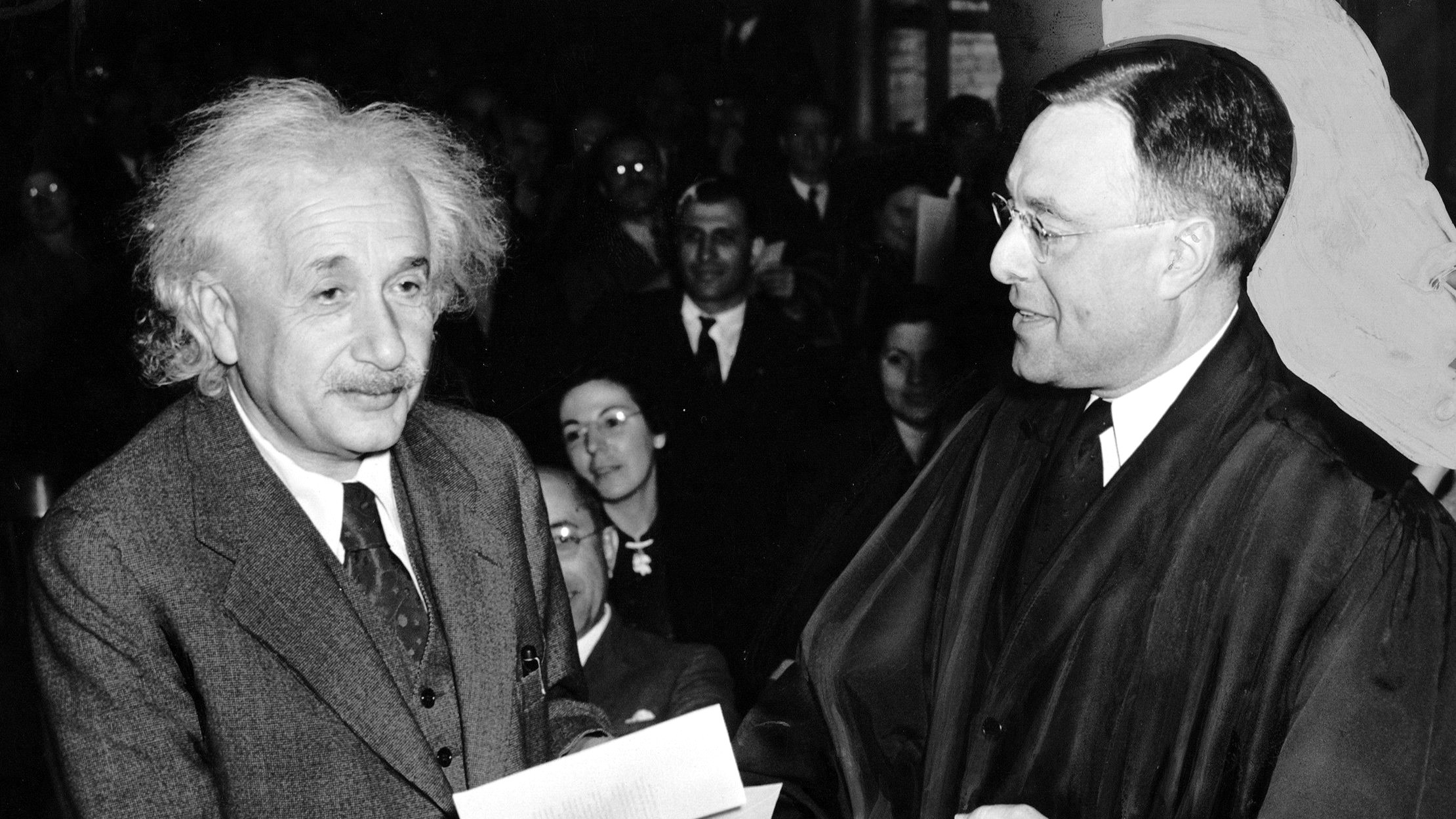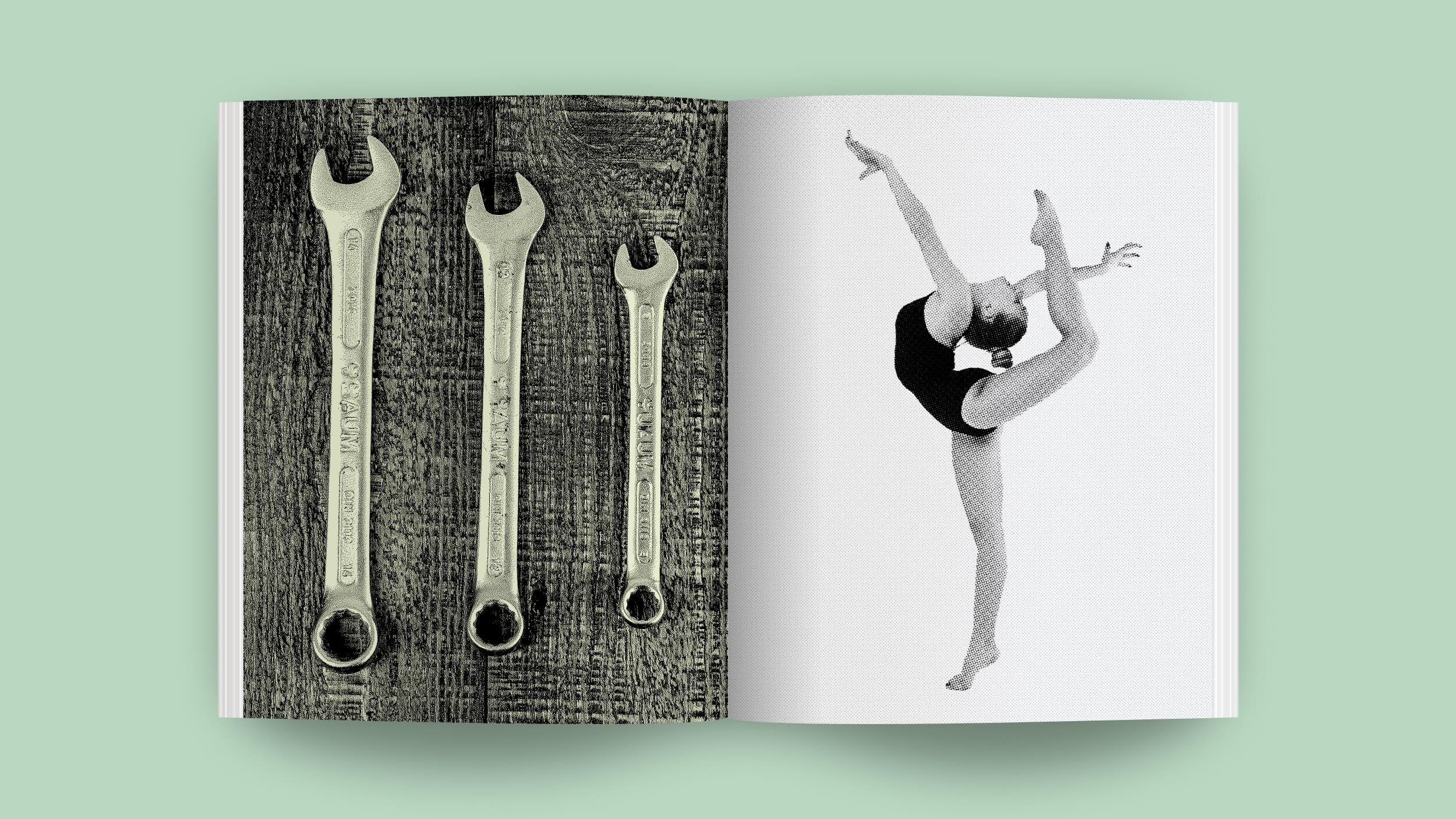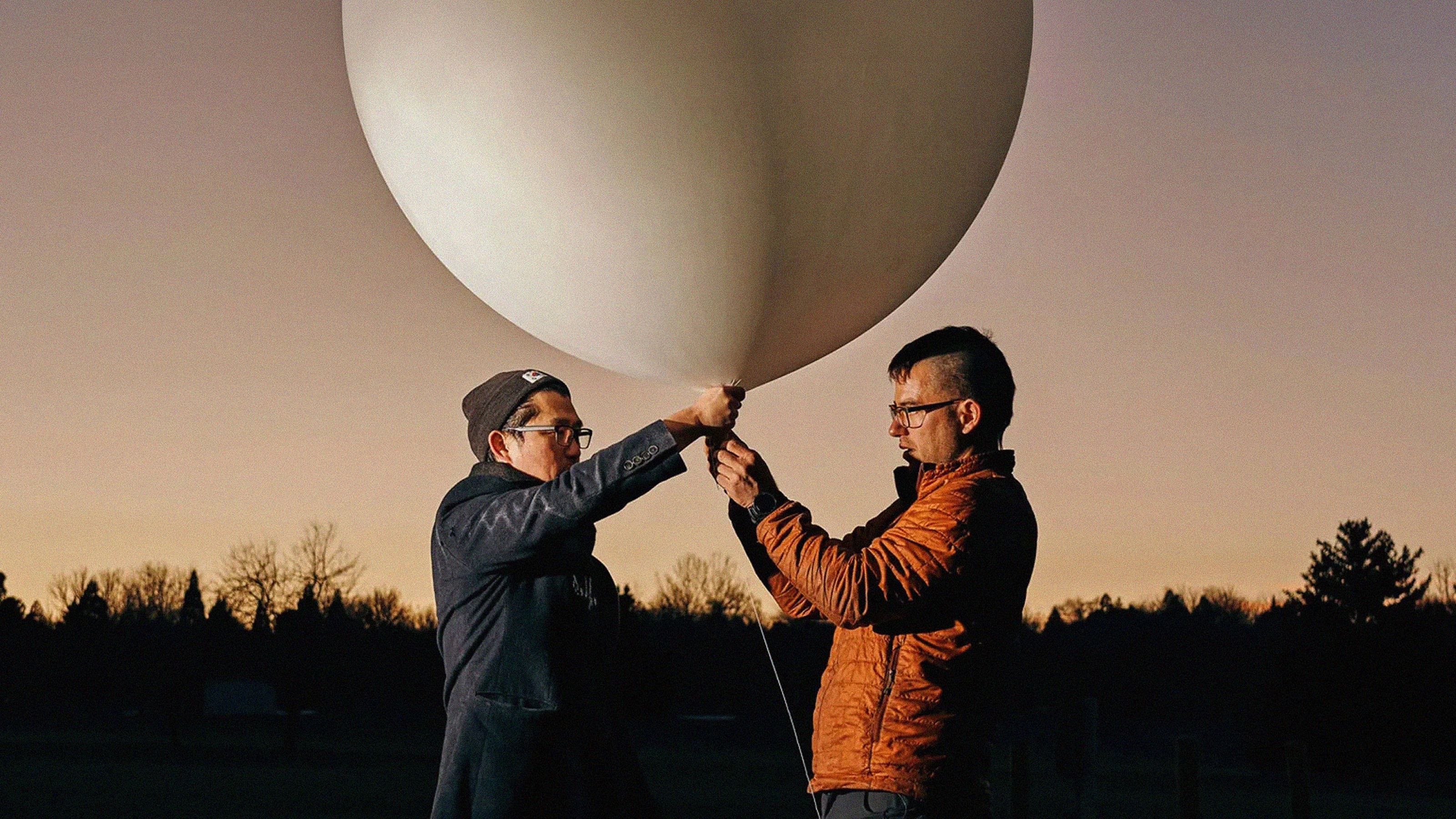The blogger dissects the impact of crack on African-Americans.
Topic: Growing up in Baltimore.
Ta-Nehisi Coates: The first thing you have to know about; and you could just say this of, I think the black community in general or you could say this of the city in general.
And we’re talking about the early ‘80s up until the early ‘90s so roughly about a decade period.
The thing is, we were coming out of the civil rights movement, where there was great optimism, a great sense that we made this stuff forward, we were now fully integrated into this country at least legally, and there would be a smooth ride from that point forward. We also had a perception that all of or the great majority of our challenges were not just external but they were visible, they were tense, they were Bull Connor, they were fire hoses, they were Whites Only signs.
There were people throughout the ‘60s and throughout the ‘70s who try to deal with things that were less seen. But the dominant line of critique was a highly visceral, a highly charge, a highly visual sort of representation of what race, racism was, a promise that afflicted African-Americans.
When you think about the civil rights movement, you think about Martin Luther King, Malcolm X, John F. Kennedy shot. You think about kids fire-hosed.
That shaped our perception moving forward.
We were not prepared for what hit us. To end up in a situation from an African-American perspective where crack comes to a city like Baltimore, where HIV comes to a city like Baltimore, where heroine is still a problem in a city like Baltimore, where work is disappearing as it was across the country for a black working class, white working class people, for all those things that come at one time and to not be able to put a particular face on which you were dealing with, when oftentimes the face that you put on look just like you, lead to a sense of widespread panic. We were afraid. We were extremely, extremely afraid.
I am talking to someone who is going back and research that period and talk to people from that period.
As a child, I had no knowledge of what was going on. I knew that people were panicked. I knew that there were certain articles of clothing that you were no longer allowed to wear, not that my parents would’ve been into that anyway. My dad was of a different mindset, let’s just say. But there were certain ways that you had to walk through the streets, there were certain codes you had to obey.
I was not a kid who was born for that particular moment. It was something I had to come to. I always sort of chuckle when people talk about Barack Obama and him coming to his understanding of what it means to be black in an in-organic fashion, in a very learned fashion.
And I always think about how, for so many of us in the community, we had to learn too. It’s always changing.
And so, what it was to be black in Baltimore in 1988, 1989 was not what it was to be black in Baltimore in 1969 or 1959. Your parents can tell you a little bit but it’s a new environment. And as kids coming of age, moving into early manhood, we had to figure it out. And it was just a terrifying time. I mean, you’re talking about murder [rates] that people don’t understand. Even today, people are still debating over why the murder rate kicked up like it did. You’re talking about the grand media hysteria around crack.
And yet, I have a certain romance for that period. I think about all the great music that was coming out back then, Public Enemy rock them. You know, later people like Nas. That was the era of Michael Jordan. And every kid wanted to be Michael Jordan. Then I think about him in the dunk contest.
Perhaps I’m one of the few black people to say this but that was the high of Dungeons and Dragons. And I was a huge Dungeons and Dragons guy. And I can think back to laying out on the attic floor with my older brother [Melican] time away like that. I think about the Commodore 64, which is the touch point in so many kids fliers to who came out and I read comic books. I see all these comic book movies now and I think, man, it just ain’t like it was when I was a kid.
So it’s all of that together. You can probably make a grand critique at a country at large and say, after the ‘60s, people will just try to figure out who they were. And that goes for us too, I think.
Ta-Nehisi Coates: I’ve less trouble seeing myself living in a rural environment of extremes, if it’s going to be a lot of people or it’s going to be nobody. I think I get great energy just walking in a city like New York, walking through the streets. When I first came here, I lived in Brooklyn, very urban environment. I was a young struggling writer. And I can remember catching the train in Manhattan and walking through the streets, I’m thinking, wow, I want to be part of this. And then, going back and feel like, I have to do something that makes me part of this conversation. It’s tough to compare New York to other cities because New York is like a city times 20. But, I think, in any sort of urban situation, the constant contact with the people; and a city like New York, people who are nothing like you is a kind of, what is the word I’m looking for. We had to go back.
There’s a word I’m looking for, a catalyst. I’m sorry. Okay. So New York, coming in contact with all these different sorts of people, it’s a catalyst.
Writers, I think, and probably artist in general, they feed off of information, different sorts of information. So somebody is just sitting back with these many books as possible. Another part of that is seeing as many movies as possible.
But the greater part of that is seeing people interact with each other. And me, constantly shock and surprise by what people create and how they interact with each other.
New York is that on steroids, it’s like times 20. So while that is showing in any city, it’s especially true here. I have difficulty thinking about how I would create art without there. I would try to figure it out but certainly, that helps. It really does.
Recorded on: March 19, 2009





